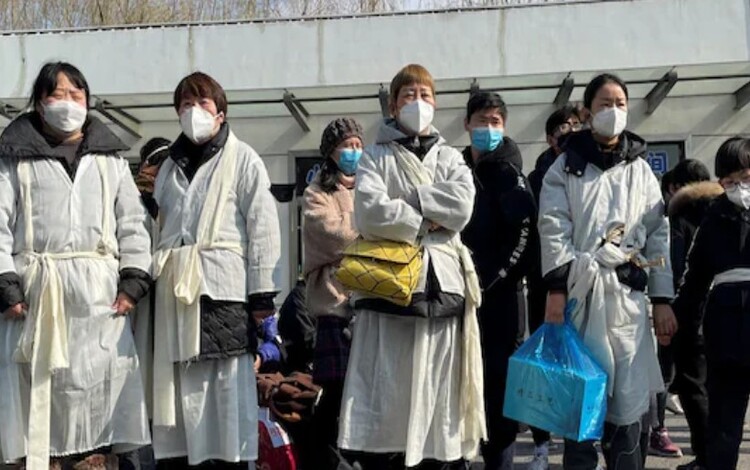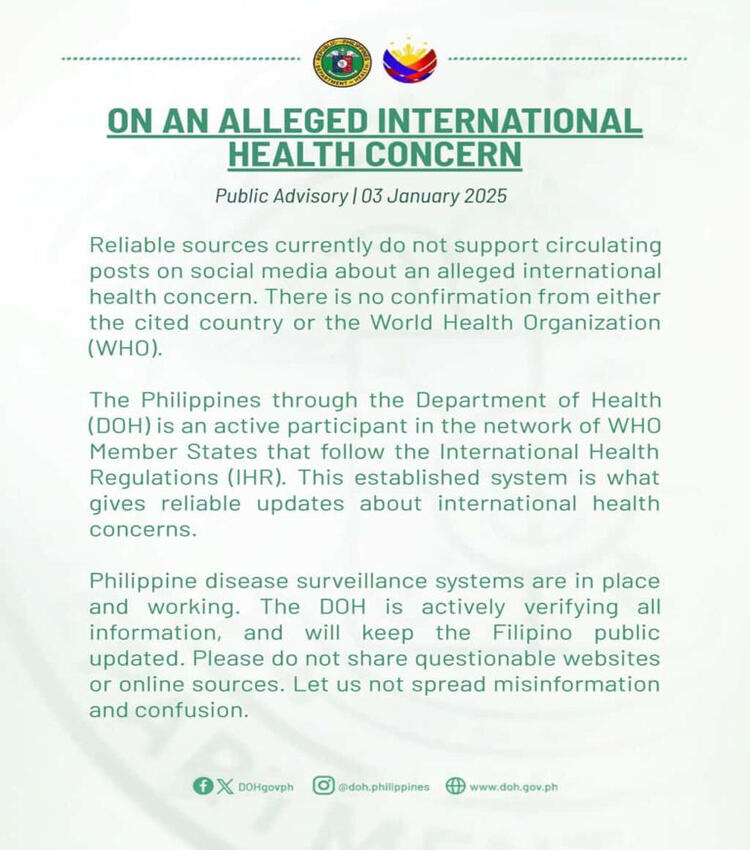Human metapneumovirus (HMPV), a respiratory virus often overshadowed by its more notorious counterparts like COVID-19, influenza, and respiratory syncytial virus (RSV), is now under global scrutiny. This virus, capable of causing flu-like and COVID-19-like symptoms, has recently been linked to reports of a rapidly spreading outbreak in China. Despite its virulence, HMPV remains relatively unknown to the general public, largely because it is seldom tested outside hospital settings and lacks specific vaccines or antiviral treatments.

Reports of a New Outbreak in China
Social media platforms have become a hotbed of speculation, with users posting alarming videos of overcrowded hospitals and crematories, claiming a new epidemic driven by a “mix of multiple viruses.” Some users have even alleged that China has declared a state of emergency due to the outbreak. However, these claims remain unverified. While Chinese health authorities have not issued an official statement confirming the situation, the international medical community is closely monitoring developments.
The reported outbreak has fueled fears of another large-scale epidemic, reminiscent of the early days of COVID-19. In the absence of concrete evidence, misinformation has further muddied the waters, with social media amplifying unverified accounts of overwhelmed healthcare systems.
Health Advisories and Calls for Caution
The Philippine Department of Health (DOH) has responded swiftly to the surge of online speculation. In a public advisory, the DOH urged Filipinos to refrain from spreading unverified information about the alleged outbreak. The department emphasized the importance of relying on credible sources, particularly given the absence of confirmation from Chinese authorities or the World Health Organization (WHO).

“While vigilance is necessary, we must avoid unnecessary panic caused by unsubstantiated claims. The public is advised to follow updates from official channels,” the DOH stated.
The advisory comes as part of broader efforts to combat misinformation, which has often exacerbated public anxiety during health crises. The DOH also highlighted that HMPV, though concerning, is not a new virus. First identified in 2001, HMPV primarily affects children, the elderly, and immunocompromised individuals, causing symptoms such as cough, fever, nasal congestion, and, in severe cases, pneumonia.
A Call for Global Preparedness
Experts stress the need for increased awareness and research into HMPV. Despite its potential severity, the virus has not garnered the same level of attention as COVID-19 or influenza. The lack of vaccines or antiviral drugs underscores the urgency of developing preventive and therapeutic measures.
Dr. Anna Rivera, a virologist, noted, “The emergence of HMPV as a topic of concern highlights gaps in global health preparedness. Strengthening surveillance systems and investing in research are critical to addressing this and other under-the-radar threats.”
Looking Ahead
As the situation in China unfolds, global health authorities, including the WHO, are likely to intensify monitoring efforts. Meanwhile, the public is encouraged to practice standard preventive measures, such as hand hygiene, wearing masks in crowded places, and seeking medical advice if respiratory symptoms worsen.
While the reported HMPV outbreak in China remains unconfirmed, it serves as a stark reminder of the ever-present threat posed by emerging and re-emerging infectious diseases. Accurate information and proactive measures will be key in navigating this evolving situation.
